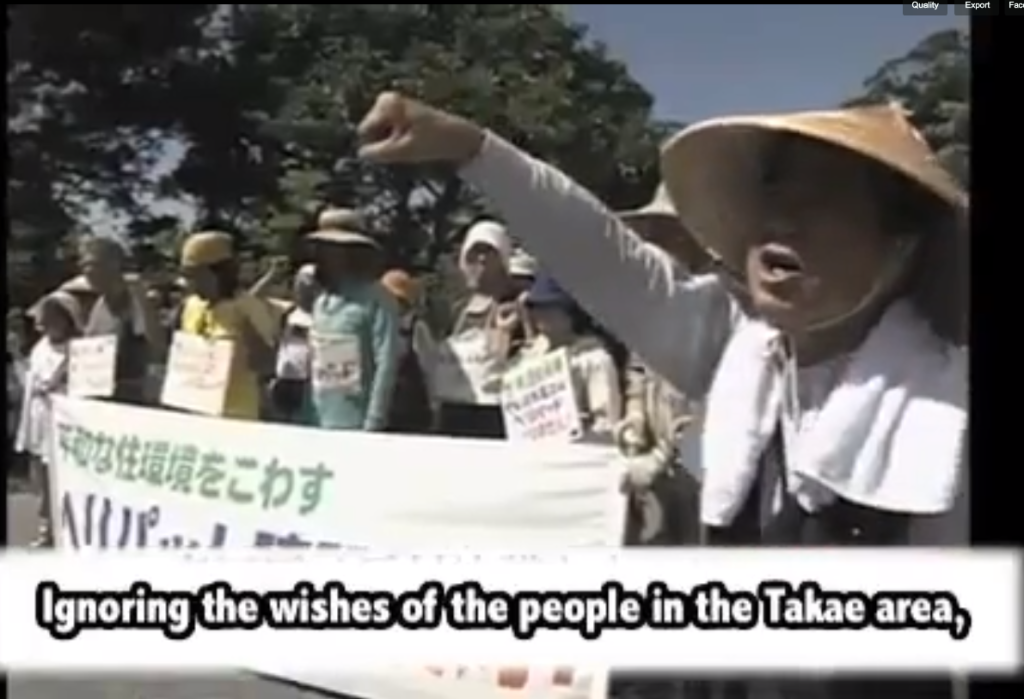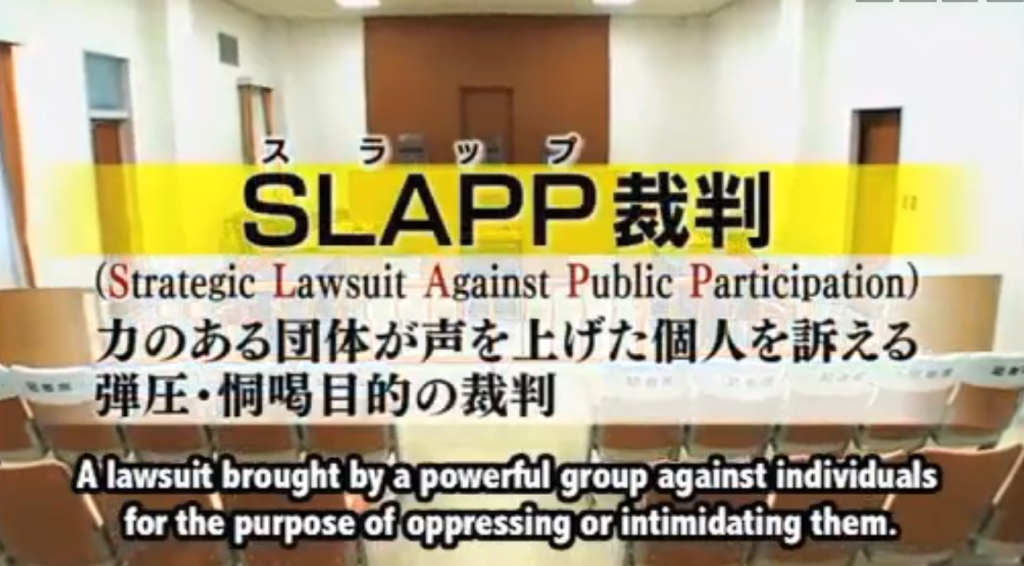Continuing the Conversation
The purpose of Uchinanchu Talk Story III, an East-West Center symposium on March 10, 2013, was to present various perspectives on the US military bases in Okinawa. The primary purpose was for the participants to “talk story” — to ask questions, to learn from each other, and to voice our support and concern for Okinawa and all the islands of the Ryukus.
WUB Hawaii wants this conversation to continue. To facilitate this we will be posting links to news articles or YouTube videos that relate to the current situation in Okinawa.
We invite your feedback. We ask that you express your views in civil manner and that all parties refrain from personal attacks. In the interest of full disclosure we require that people writing comment give their full name, email address, and relevant institutional affiliation.
_______________________________________________________________
March 22, 2013 – The New York Times
by Martin Fackler
Summary: Shinzo Abe, Prime Minister of Japan, announced that his government would ask the local Okinawan officials for key construction permits that would allow the US to move the Marine Corps Air Station in Futenma, which is located in the city of Ginowan, to Camp Schwab in the jungle covered northern end of the island.
There has been considerable local Okinawan opposition over the building of two runways in an untouched ecosystem, and over the fact that the proposed relocation of the base from one part of Okinawa to another does not reduce Okinawa’s unequal burden of hosting US bases in Japan.
For the full article visit: http://www.nytimes.com/2013/03/23/world/asia/japans-leader-shinzo-abe-tries-to-restart-plan-to-move-okinawan-base.html?_r=0
_______________________________________________________________
VIDEO
Uploaded December 24, 2012 – Dailymotion video
“The_Target_Village” by “LemmyCautionTK”
Summary: The video is about grassroots resistance by the villagers of Takae, Okinawa, against the construction of bases for the US Osprey aircraft. In Japanese but with English subtitles the video gives an up close view of local Okinawan resistance and their confrontation with Japanese government officials. The video raises the question of whether the Japanese government is making use of a a controversial tactic: Strategic Lawsuit Against Public Participation.
To watch the video visit: http://www.dailymotion.com/video/xw6bx2_the-target-village_shortfilms#.UVU_2HDFVmC
Screen Shot at 6:39 — http://www.dailymotion.com/video/xw6bx2_the-target-village_shortfilms#.UVU_2HDFVmC
_______________________________________________________________
March 4, 2013 — The Asia-Pacific Journal, Volume 11, Issue 9, No. 4
by Sakurai Kunitoshi with an introduction by Gavan McCormack
Summary: McCormack’s lengthy introduction discusses the growing frustration among local Okinawans, the national government’s disregard for the concerns by Okinawans. Onaga Takeshi’s provocative question is quoted: “Can the Japan and the people of Japan that treat the views of Okinawans with such contempt be regarded as a country worthy of the respect of Asia and the world?” He briefly discusses Okinawan civil society as having the potential to become the cutting edge of democratic thinking in contemporary Asia.
With the growing tension over the Senkaku Islands (aka: Diaoyu or Pinnacle Islands) and the rising tension on the Korean peninsula, Sakurai predicts that 2013 will become a year of trial for Okinawa. He is concerned that it will result not only in the further militarization of Okinawa but the militarization of Yonaguni and Miyako islands as well. If armed conflict were to break out the population of Okinawa would take the brunt of the attack much like the 1945 Battle of Okinawa.
Tonaki Morita reported: “Within the SDF, zero attention is paid to the safety of the ordinary residents.” If tensiions around the Senkaku Ilsands were to lead to accidental war, it would b Okinawa first of all that would be enfgulfed in it.
Sakurai’s article also discusses Japanese society being caught in a “mental freeze,” that is, the mainland mass media manipulating public opinion to support the concentrating of military forces on Okinawa. The emergence of a net-based information society has led to the “Arab Spring” uprising but in this case much of net-based information that young people see are being generated in Tokyo. There are signs of net-based movements in Okinawa.
For the full article visit: http://www.japanfocus.org/-Gavan-McCormack/3908#
_______________________________________________________________


